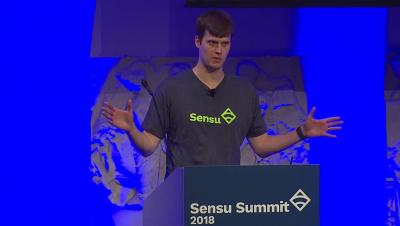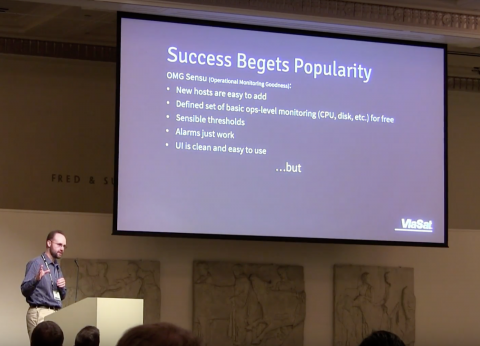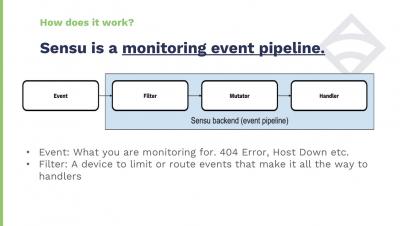Operations | Monitoring | ITSM | DevOps | Cloud
Sensu
Migrating to Sensu, as told by a Nagios refugee
One of our favorite stories at Sensu is hearing how our customers are using, repurposing, and even replacing their Nagios setup. The Sensu monitoring event pipeline lets you run your existing Nagios plugins while also preparing you for what’s next; while Nagios has been tried and true for many, Sensu empowers businesses to modernize their infrastructure with a comprehensive, future-proof monitoring solution.
Migrating to 2.0: the good, the bad & the ugly
The Sensu 2.0 release is dropping in October, and we’re already excited! As the version numbering implies, Sensu 2.0 includes significant changes from Sensu 1.x. Not only has the software been entirely re-engineered in Go — easing deployment significantly — the exposed APIs and internal data structures have changed to accommodate new features.
Sensu at Microsoft Research
In a recent tweet, I shared some of the open source tools and technology I use as an engineer at Microsoft. My team helps provide researchers in the Artificial Intelligence and Research Group shared resources to further their research goals. These tend to be both individual and clustered compute resources on both Linux and Windows platforms.
The story of Nagios plugin support in Sensu
It’s officially been seven years since I started hacking on a monitoring project that would become Sensu. My goal was to replace a fragile Nagios installation that couldn’t keep up with the demands of dynamic public cloud infrastructure — a challenge that still rings true for companies everywhere.
How to build highly expressive check results with sensu-wrapper
I’m gearing up to attend my first Sensu Summit this year, and have gone back and watched last year’s talks that I missed. There were a lot of great talks! One technical talk that really caught my eye was Lee Briggs on sensu-wrapper. Lee introduced a wrapper utility he wrote to make it easier to use the Sensu client socket to monitor shell executables for correct operation. In this post, I’ll break down why his sensu-wrapper command is so useful.
What is Sensu?
Monitoring at scale, microservices, & more at Sensu Summit 2018
The Sensu Summit speaker lineup is live. It’s almost time! Sensu Summit is coming up August 22-23, and we’re thrilled to share the event schedule and speaker lineup. Don’t forget — grab your ticket by July 31 to take advantage of our early bird pricing.
Check output metric extraction with InfluxDB & Grafana
Sensu is an extremely powerful standalone monitoring framework, but the real beauty of Sensu lies in its ability to harmoniously interact with, support, and instrument other tools to create a customized and complete monitoring solution. Take metrics for example: Sensu offers multiple mechanisms to monitor performance metrics such as check output metric extraction and StatsD.
The power of proposals (and open source culture)
I come from a world where strategy is best kept secret. Whether it be from a company who has a codename for literally everything, or the competitive culture of playing and coaching D1 athletics, confidentiality became a required skill. Meetings, trainings, code reviews, scouting reports… anything of significance happened behind closed doors. In other words, definitely not open source.






